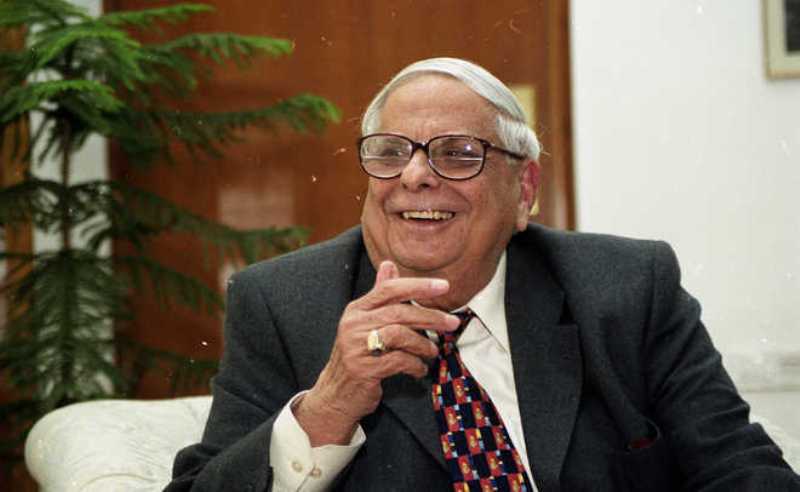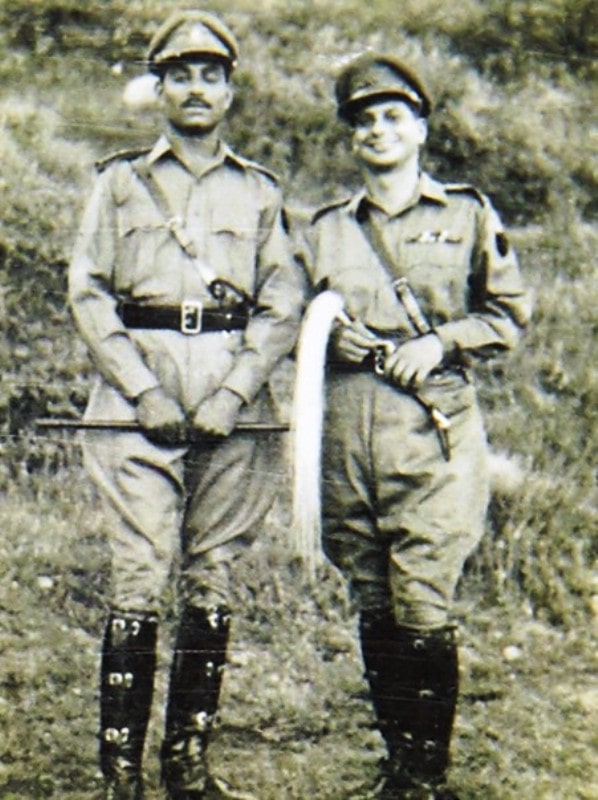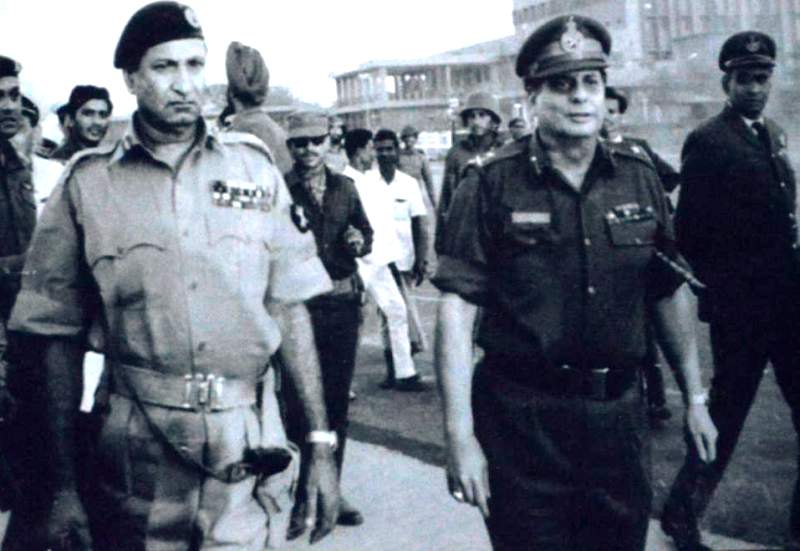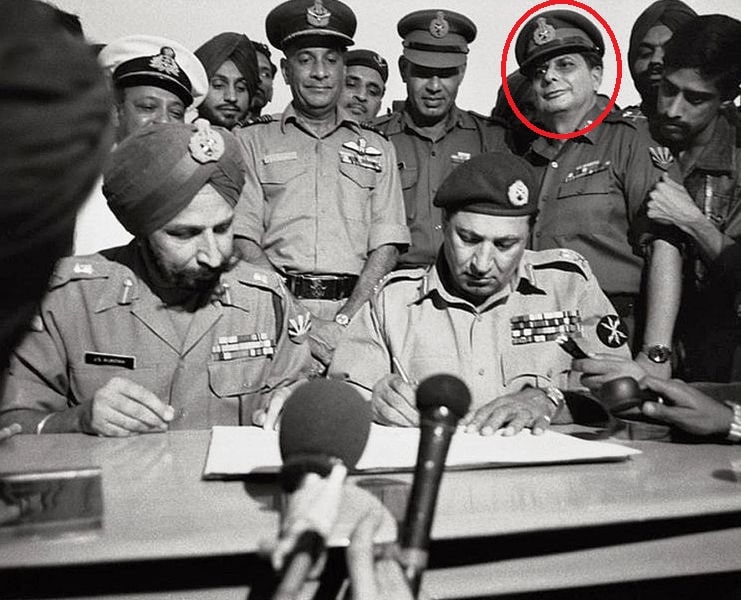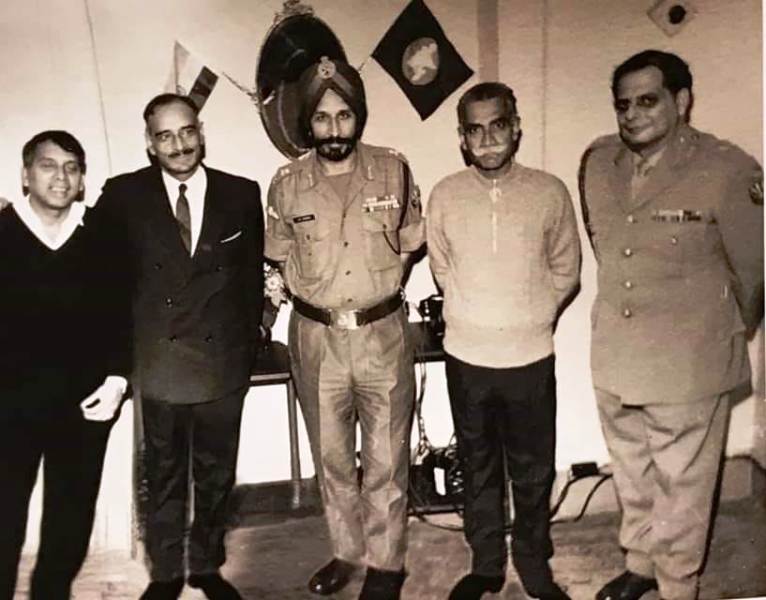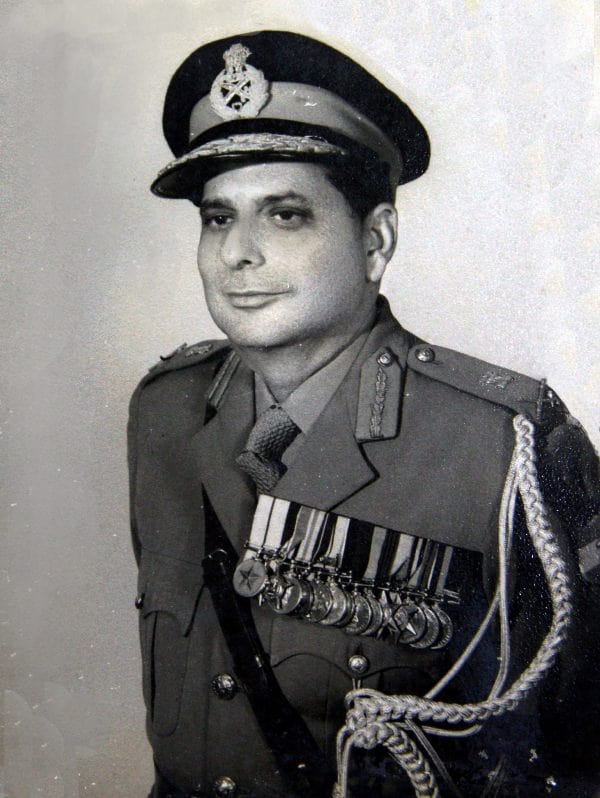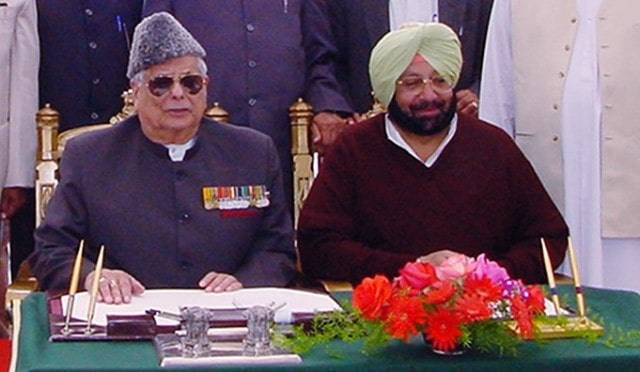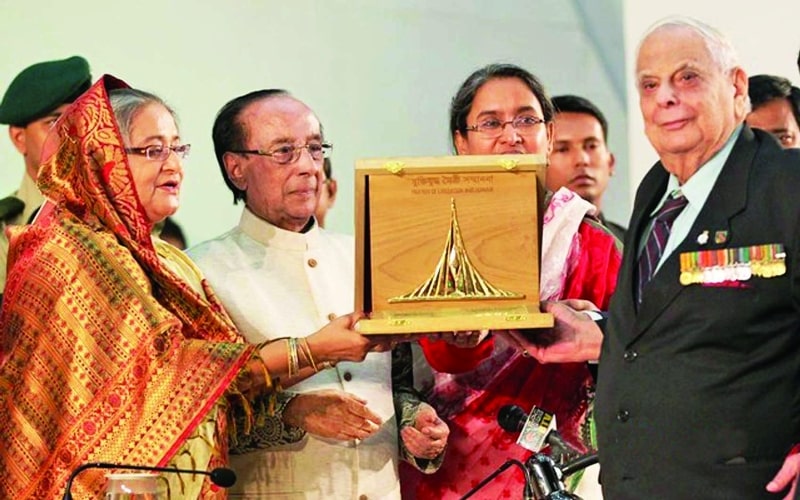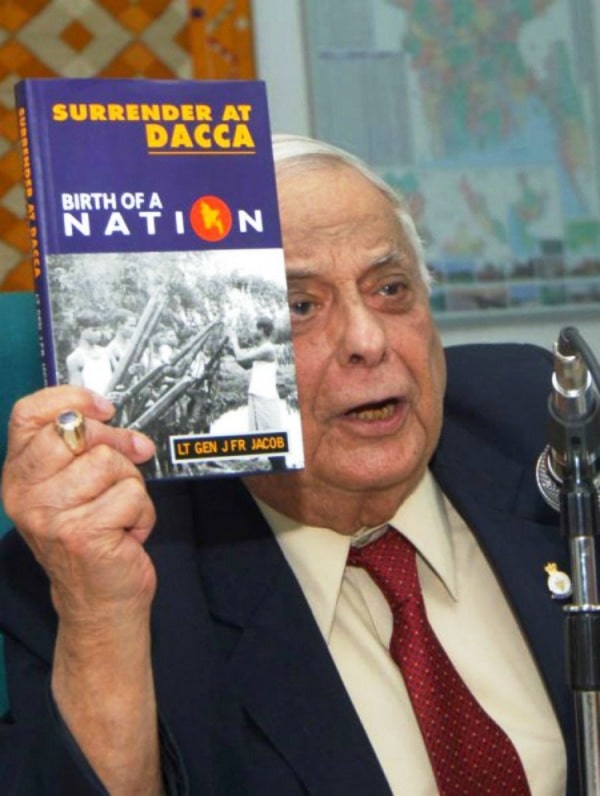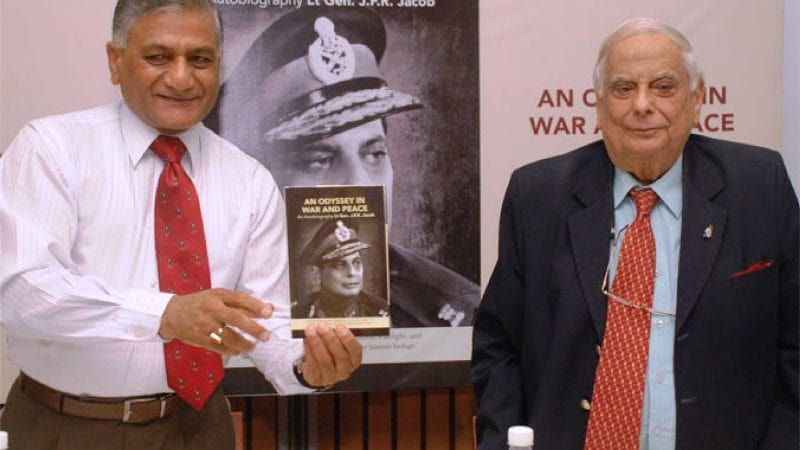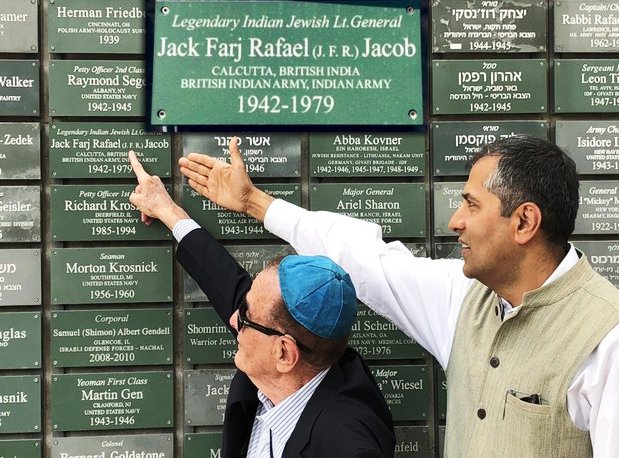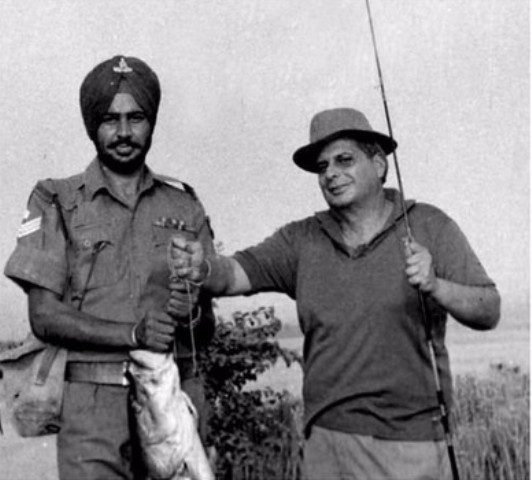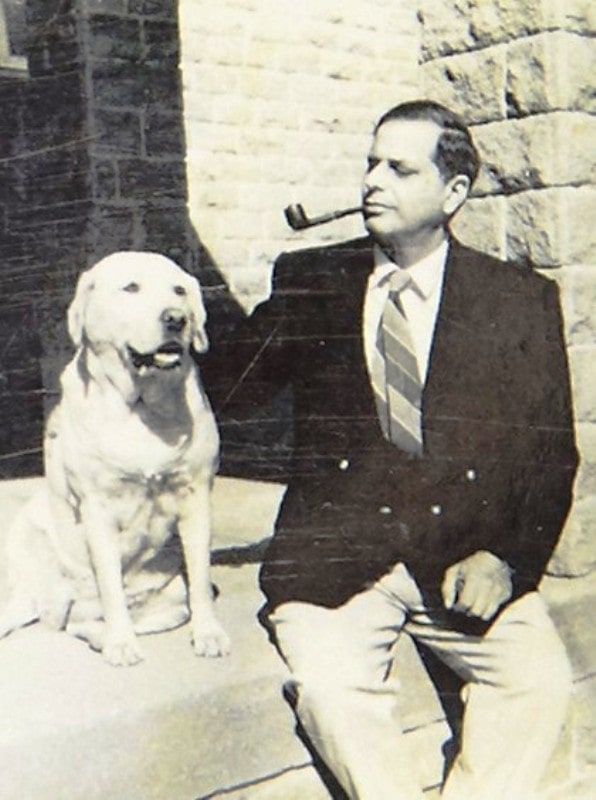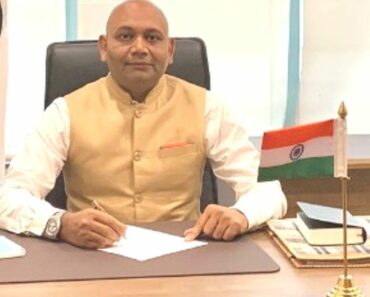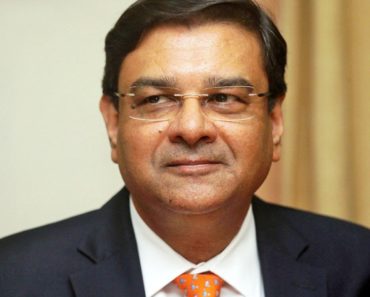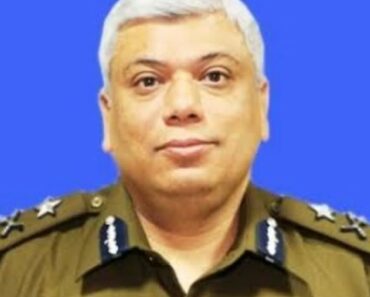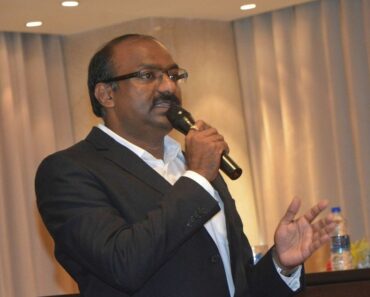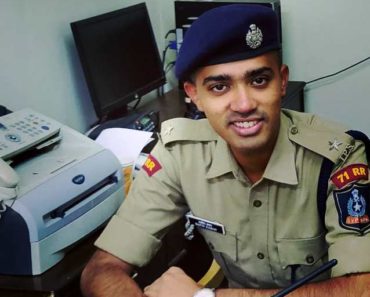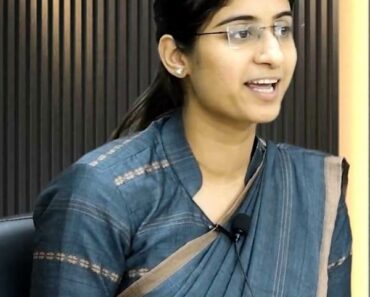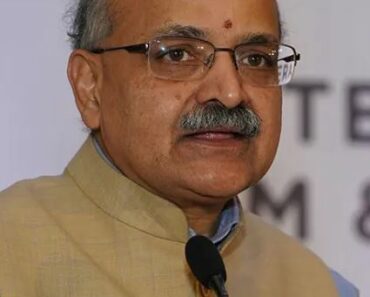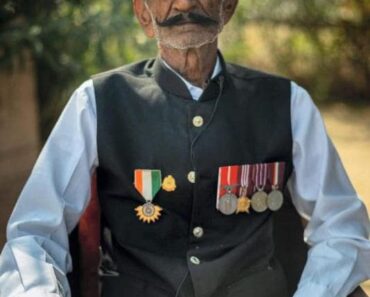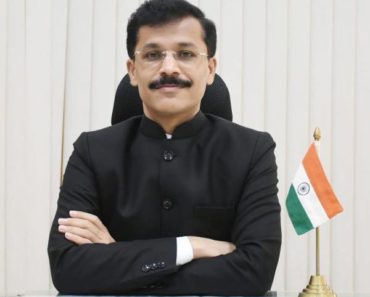J. F. R. Jacob (1921/1923 – 2016) was a retired Lieutenant General of the Indian Army, Governor of Punjab, Governor of Goa, politician, and businessman. As a Major General, he served as the Eastern Command’s Chief of Staff during the 1971 Indo-Pakistan War in which Lt Gen A. A. K. Niazi surrendered to Lt Gen Jagjit Singh Aurora, India’s Eastern Army Commander. Jacob died on 13 January 2016 in New Delhi due to pneumonia.
Contents
Wiki/Biography
Jack Farj Rafael Jacob aka Jack Frederick Ralph Jacob was born on Monday, 2 May 1921, while some other sources claim that he was born in 1923 (age 92 or 94 years; at the time of death) in Calcutta, Bengal Presidency, British India (now Kolkata, West Bengal, India). [1]The Times of India [2]NDTV [3]Indian Army After completing his schooling at Victoria School, a boarding school, in Kurseong, West Bengal, Jacob appeared for the Senior Cambridge School Certificate exams and topped it in 1938. In 1939, he attended school at Victoria College in Jersey. In 1940, he pursued a bachelor’s degree at St Xavier’s College in Calcutta. He joined the Officers Training School (OTS) in Mhow in 1941. [4]An Odyssey In War And Peace
Family
J. F. R. Jacob belonged to a Baghdadi Jewish family which migrated to India from Iraq. [5]The Hindu
Parents & Siblings
His father, Elias Emanuel, was an affluent businessman. His mother’s name is Carrie (deceased). He had two brothers. His elder brother Maurice Jacob served in the 2nd Battalion of the Punjab Regiment during the Second World War. His younger brother Eric Jacob joined the Royal Air Force (RAF) during the Second World War. He later shifted to the UK.
Wife & Children
J. F. R. Jacob never got married. [6]The Print
Relationships/Affairs
Jacob was in a relationship with a girl who studied at the Lady Irwin College in Delhi. Jacob had planned on getting married to her; however, in 1952, when he was posted to a remote location in Kashmir for three years, the relationship ended and the girl got married to someone else. Later, he was in a relationship with a Gujarati girl who was a cadet at NCC. They dated for three months and were planning on getting married but the plan could not materialise.
Religion
J. F. R. Jacob followed Judaism. [7]The Print
Address
He resided at House number B-25, Som Vihar, Vasant Kunj, New Delhi, India.
Career
British Indian Army
After completing his military training at the Officers Training School (OTS) in Mhow, J. F. R. Jacob was given an Emergency Commission as a Second Lieutenant in the Artillery Regiment of the British Indian Army on 7 June 1942. According to him, he joined the army to fight the Germans after hearing about the atrocities faced by the Jews living in Europe. Soon after commissioning, Jacob was sent to Kirkuk, Iraq, where he participated in several battles against the Axis forces (German and Italian forces), who were trying to seize the Kirkuk oil fields. On 7 December 1942, he became a war-substantive Lieutenant. On 7 December 1943, Jacob became a substantive Second Lieutenant after which he was posted to an artillery brigade that was deployed in Tunisia, North Africa. His brigade was sent to reinforce the British Army fighting the war against Erwin Rommel-led Afrika Korps of the German Army. After the Afrika Korps surrendered to Allied forces on 13 May 1943, Jacob was sent to Burma to fight the Imperial Japanese Army. On 2 February 1945, he was made a Captain (acting). On 2 May 1945, he became a Captain (temporary). After the end of the Second World War, Jacob was posted to Sumatra, Indonesia. Since Jacob was given an emergency commission, he applied for a permanent commission in the British Indian Army. On 27 October 1945, the British Army not only granted him a permanent commission but also made him a substantive Lieutenant. Later, he attended Artillery Schools in the United Kingdom and the United States of America and acquired knowledge of advanced artillery and missile systems. On 20 July 1946, he became a war-substantive Captain, and on 20 July 1946, Jacob became a Major (acting).
Indian Army
After the partition of India on 15 August 1947, Jacob decided to join the Indian Army and was granted a commission as a Lieutenant. His service number was IC-470. In 1948, he was promoted to the rank of Captain. After India adopted its constitution on 26 January 1950 and became a republic, Jacob was recommissioned as a Captain into the Indian Army with new rank insignia. In October 1951, he attended a staff course at the Defence Services Staff College (DSSC), Wellington and managed to secure a competitive vacancy. On 7 June 1955, he was promoted and made a Major. On 14 May 1956, after getting promoted to the rank of Lieutenant Colonel, he raised the 3 Medium Regiment of the Artillery in New Delhi and became its first Commanding Officer (CO). In April 1961, Jacob was posted as an instructor at the Defence Services Staff College. Jacob was promoted to the rank of Colonel on 23 December 1964. After he became a Brigadier (acting) on 20 May 1964, Jacob was posted as the Commander of an artillery brigade.
1965 Indo-Pakistan War
When the war between India and Pakistan began in 1965, Jacob was posted to Rajasthan, where he assumed the command of an infantry division. During the war, Jacob researched desert warfare and wrote a book on it for the Indian Army in 1969. His principles on desert warfare were later adopted into the training of the army. While talking about it, during an interview, he said,
As for the war plans, I had worked out a strategy when I was a brigade commander and also as GOC (General Officer Commanding) 12th division. I produced a desert warfare book in 1969 in which I laid down these principles. This was later incorporated in the army training manual.”
After 1965 war
Jacob became a substantive Brigadier on 17 January 1966 and assumed the command of an infantry brigade. He assumed the command of an infantry division as its General Officer Commanding (GOC) after he became a Major General (acting) on 2 October 1967. He became a substantive Major General on 10 June 1968. On 29 April 1969, Sam Manekshaw, the then Chief of Army Staff (COAS), appointed Jacob as the Chief of Staff (COS) of the Eastern Command under Lt Gen Jagjit Singh Aurora, who was then serving as the Eastern Army Commander. Later, he was asked to devise a plan to fight against the rising Naxalites in West Bengal and terrorists in the northeast. During an interview, while talking about it, Jacob said,
When the situation went out of control in West Bengal, General Manekshaw turned up with the defence secretary telling me to break the Naxal revolt. I said, it’s a police job. He said the police can’t do it. He said ‘it’s an order’. I said, ok, you give me an order, I will do it. But I need more troops, which he gave me. We broke the Naxals but we never learnt our lessons.”
The 1971 Indo-Pakistan War
More than 10 million refugees from East Pakistan (now Bangladesh) came to India in March 1971 after Pakistan launched Operation Searchlight. Operation Searchlight was a Pakistani military operation to curb the rebellion in East Pakistan. This led to the death of more than 3 million Bengalis living in East Pakistan. Jacob was asked to prepare a plan for the war as it became inevitable. By early 1971, Jacob was ordered by Sam Manekshaw to devise a plan for the Indian Army to capture the ports at Chittagong and Khulna. Jacob, however, disagreed with Sam and told him that the army should capture Dhaka instead. Jacob’s plan of aggressive manoeuvre did not go well with senior army officers as they feared retaliation from China and the United Nations (UN). According to Jacob, Sam Manekshaw also asked him to begin operations in East Pakistan in April 1971, He refused to do so as the troops had to be trained, and they could not move heavy equipment in East Pakistan during the monsoons. He further told Sam Manekshaw that an invasion of East Pakistan was only possible by 15 November 1971. While talking about it, during an interview, he said,
The monsoon was about to break, our divisions were not trained in riverine warfare, we had no transport (mountains divisions have very little) and it was not possible for us to move in. So I told him: You tell them that it’s not you, it’s the Eastern Command that’s not moving. If you give me the bridges and other stores required, and the time for training, not before November 15. I said because by November 15 the ground would have dried up, and we should be able to move. So that was that. After that Manekshaw went to Mrs. Gandhi and the Cabinet and briefed them.”
After Jacob received the intelligence that the Pakistan Army had fortified major cities in East Pakistan, he devised a new strategy according to which the Indian Army would bypass heavily fortified cities and encircle the Pakistani forces by destroying their communication networks. During an interview, Jacob said that if the Indian Army would have stormed the cities, it would have led to the intervention of the UN, and a lot of time would have been wasted. Talking about it, he said,
I knew that the Pakistanis would defend the towns, so the main strategy of that plan was that Dhaka was to be our final and principal objective, since it was the geopolitical and geostrategic heart of then East Pakistan. So we decided to bypass the towns and use subsidiary tracks and head straight for Dhaka. We never wanted to capture any town, because capturing a town takes a long time. I knew the war would be short, I knew the UN was bound to intervene, so we couldn’t spend time capturing towns.”
The war began on 3 December 1971, after the Pakistan Air Force bombed Indian airfields. With Jacob’s strategy, the Indian Army aimed at winning the war within three weeks; however, the war ended within two weeks due to the speedy manoeuvre of the Indian troops. On 16 December 1971, Sam Manekshaw and Lt Gen Aurora ordered Jacob to visit Niazi in the headquarters in Dhaka. When Jacob reached the Pakistan Army Headquarters and placed the surrender documents in front of Niazi, Niazi told him that he was not negotiating a surrender of the Eastern Command of the Pakistan Army but a ceasefire. Jacob replied to Niazi that should he not surrender his forces, the hostilities shall continue in East Pakistan. Jacob then placed the surrender documents in front of Niazi and gave him half an hour to decide and left his room. In an interview, Jacob said,
Time was running out so I called Niazi aside. I told him that if he did not surrender I could not take responsibility for the safety of their families and ethnic minorities but if he did I would ensure their protection. I asked him to reconsider, again reminding him that if he did not surrender I would not be responsible for the safety of their families. I then added that I would give him 30 minutes to reconsider and if he did not I would order the resumption of hostilities and the bombing of Dacca. I then walked out to be met by the press. I was extremely worried. Niazi had 26,400 troops in Dacca, we had about 3,000 some 30 miles out. I was in a quandary as what to do in the event of his refusing. Aurora and his entourage were expected to land in an hour or two and the ceasefire was to expire shortly. I had nothing in hand.”
Niazi accepted Jacob’s terms of surrender and on 16 December 1971, an instrument of surrender was signed between the Indian Army’s Eastern Commander, Lt General Jagjit Singh Aurora, and the Unified Commander of Pakistan Armed Forces’ Eastern Military High Command Lt General A. A. K. Niazi at Ramna Race Course in Dhaka at 16.31 IST. Pakistan surrendered more than 93,000 soldiers to India, becoming the largest surrender by any country after the Second World War.
After the war ended, the Pakistan Army’s Islamabad-based National Defence College (NDC) researched Jacob’s strategies and concluded that “the credit goes to General Jacob’s meticulous preparations in the Indian eastern command and the implementation by his Corps commanders for India’s blitzkrieg in East Pakistan.”
After the 1971 Indo-Pakistan War
On 17 June 1972, Jacob was promoted and made a Lieutenant General (acting) and was posted to Jammu as the first General Officer Commanding-in-Chief (GOC-in-C) of XVI Corps (aka White Knight Corps). He served as the GOC till 1 August 1974. On 5 August 1973, Jacob became a substantive Lieutenant General. In August 1974, Jacob assumed the command of the Eastern Command as its GOC. He served as the GOC till his retirement on 31 July 1978.
Business
In 1979, Jacob assumed the position of Chairman in a business that dealt with commodity trading.
Politician
J. F. R. Jacob joined the Bharatiya Janata Party in 1991. He worked in the BJP as a security advisor. He resigned from the party in 1998 after he was appointed as the Governor of Goa.
Governor of Goa
On 19 April 1998, Jacob served in Goa as its Governor. He gained recognition as a good administrator when Presidential rule was declared in the state after the ruling party of the state collapsed on 9 February 1999. During his Governorship, Jacob created wildlife sanctuaries in Mhadie and Netravati, covering a total of 420 square kilometres. He served as the Governor of Goa till 26 November 1999.
Governor of Punjab
Jacob was appointed as the Governor of Punjab and the Administrator of Chandigarh on 27 November 1999. During his tenure, Jacob established the Rajiv Gandhi IT Park in Chandigarh and invited the then Chairman of Infosys, N. R. Narayana Murthy, to establish an operations centre there. The IT Park was inaugurated by Prime Minister Manmohan Singh. He played a vital role in the implementation of the Kala Gram Project under which a cultural village was established on the Chandigarh-Kalka National Highway in 2000. He also helped the students of Chandigarh College of Architecture in conceptualizing the Chandigarh War Memorial. The war memorial was inaugurated by President A. P. J. Abdul Kalam on 17 August 2006. Jacob served as the Governor till 9 May 2003.
Awards, Honours
- In January 1972, J. F. R. Jacob was awarded the Param Vishisht Seva Medal (PVSM) by President V. V. Giri.
- In 2012, the Prime Minister of Bangladesh, Sheikh Hasina, presented the Friends of Liberation honour to Jacob.
Car Collection
He owned a custom-built four-seater Morris Garages (MG).
Death
J. F. R. Jacob breathed his last on 13 January 2016 at around 8.30 AM in New Delhi at the Army Hospital (Research And Referral). He died because of pneumonia at the age of 92 or 94. Jacob was laid to rest at the New Delhi Jewish Cemetery at Humayun Road with military honours. [8]The Indian Express
Facts/Trivia
- J. F. R. was also known as Jake and Jack Jacob. [9]The Print [10]The Times of Israel
- According to Jacob, his father was initially against his decision to enlist in the British Indian Army. He, however, accepted his decision later.
- During his school days, Jacob enlisted in the North Bengal Mounted Rifles (NBMR). He was also a part of the team that won the Baker Musketry Shield from 1937 to 1939.
- Jacob was a staunch supporter of closer Indo-Israeli ties. He also visited Israel several times after retiring from the army. Once, an Israeli Ambassador brought a personal letter for Jacob from the President of Israel, Shimon Peres. Jacob wanted India to cultivate a close military tie with Israel and favoured purchasing the Israeli Arrow missile defence system over the American Patriot missile defence system.
- As a teenager, Jacob passionately followed his hobby of poetry. He also liked wartime poetries.
- Jacob is not only a celebrated war hero in India but also in Israel. Post-retirement, he donated his uniform, his mother’s silver wedding girdle, and her jewellery to the Indian Jewish Museum in Lord, Israel.
- Jacob authored a book titled Surrender at Dacca: Birth of a Nation, which was published in 1997.
- In April 2011, he authored an autobiography titled An Odyssey To War And Peace.
- Jacob took a keen interest in sports and played hockey, football, rugby, and table tennis.
- In April 2019, the Israeli government inscribed J. F. R. Jacob’s name on an ammunition box at Ammunition Hill in Jerusalem.
- In June 2000, Jacob donated Rs 2,00,000 to the kids of the soldiers martyred in the 1999 Kargil War.
- During his leisure time, Jacob used to go fishing.
- Jacob occasionally consumed alcohol and smoked a pipe. [11]An Odyssey In War And Peace
References

